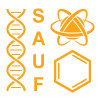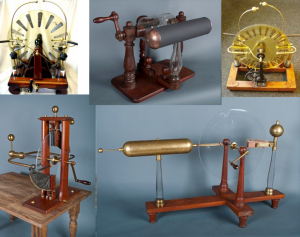Restoration of the Nadneman Manor (Narkevich-Jodko family estate)

Prof. Jacob Narkevich-Jodko was one of the most prominent researchers of the XIXth century. His discoveries included the method of electrography: the visualisation of electric discharge from objects through the use of high-power high-frequency electric fields. He conducted early experiments on propagation and detection of electromagnetic waves for information transfer over distances, years ahead of O. Lodge of Great Britain, Tesla and Marconi of the USA, and A. Popov of Russia.
The manor house of prof. Narkevich-Jodko in Nadneman was the first scientific centre in Belarus with a physical laboratory and a weather station. The manor house was built in the 1840s in the neo-gothic style, and features on the engraving made off a drawing by the contemporary artist Napoleon Orda:
The events of the following years (the bolshevik revolution, the civil war, the partition of the country and the Second World War) have led to an almost complete destruction of the manor and the name of Narkevich-Jodko fading into obscurity.
The study of scientific, cultural and historical heritage of prof. Narkevich-Jodko and the history of his estate was initiated in the 1980s by the Belarusian historian V.N. Kiselev in collaboration with a group led by the corresponding member of the Academy of Sciences prof. V.P. Gribkovski. As a result, two biographical books and a complete bibliography of the works of prof. Narkevich-Jodko have been published.
The aim of the project is to restore the Nadneman estate to a condition as close as possible to that during the life and work of prof. Narkevich-Jodko in the 1870-1900s. It is also planned to establish a scientific centre featuring a science museum, a physics laboratory, a meteorological station, and a conference and exhibition venue, while maintaining the agricultural and botanical value of the estate.
Photo of Jacob Narkevich-Jodko from family archive, 1888 year.
To implement this plan, in particular, to restore the physical laboratory and the meteorological station, a collection of scientific equipment of XVIII-XIX centuries has been collected. It is ready for exposure and for the interactive laboratory work. For example, it will be possible to obtain images of various objects using the electro photographic method discovered by Narkevich-Jodko, to test soil moisture using a lizimeter – the instrument, invented by the scientists, and with an instrument for measuring the humidity, and implementing novel nanomaterials.
Some of the artifacts of the collections for the museum
Links




